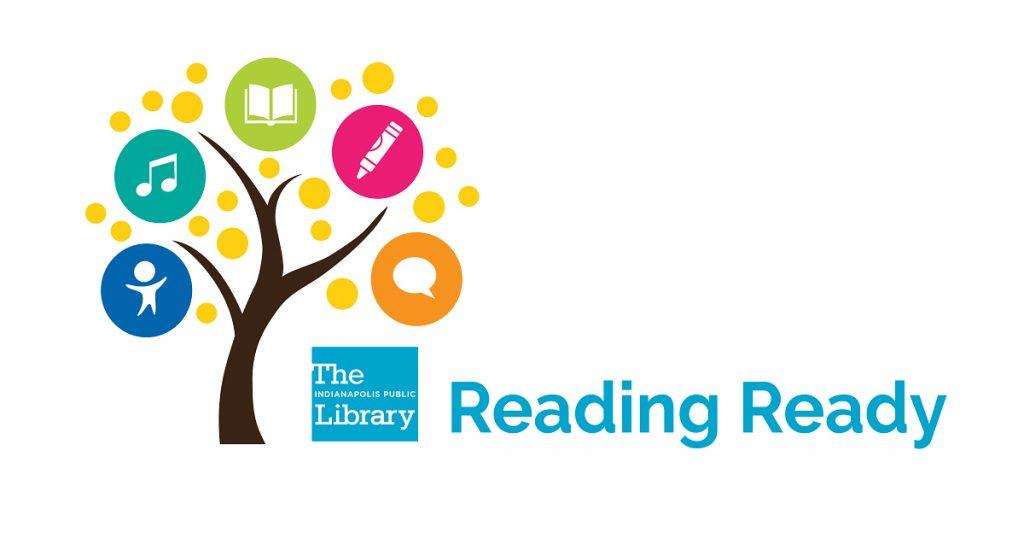
That’s it… the geeks have finally won! No longer relegated to drug-store paperback spinner racks, the science fiction genre is undergoing a huge cultural surge right now, and we have the books, movies, television shows, and graphic novels to prove it! If you like science fiction, we have the content at the Library to keep you satisfied and Indianapolis has several unique resources and conventions to keep you entertained all year round. You might also like If You Like Fantasy.
Science Fiction Book Group at Central Library
Embark on interstellar journeys of imagination with Ad Astra, Central Library’s science fiction book group. Explore distant galaxies, encounter alien civilizations, and unravel the mysteries of the cosmos. Join us for an out-of-this-world reading experience! See the schedule.
Science Fiction Book Awards
Explore the best of science fiction and fantasy by checking out the Hugo and Nebula Awards. The Hugos are voted on by fans, while the Nebulas are chosen by authors, offering a unique blend of popular and professional recognition. Discover groundbreaking novels, short stories, and novellas that have shaped the landscape of speculative fiction and are celebrated by both readers and creators alike.
Reading Recommendations from Library Staff
Click on a featured booklist to get science reading recommendations or see all our staff science fiction lists.
In addition to books of science fiction and fantasy, the library also has many great works about science fiction and fantasy. This list of general reference science fiction resources will help you find your next series, keep you up to date on the latest short fiction, or help you while away the hours learning about the books and movies you love.
- Afrofuturism
- Aliens in Science Fiction
- Artificial Intelligence in Fiction
- Beyond Picard
- Classic Science Fiction Movies
- Cozy Science Fiction and Fantasy
- Disability Representation in Fantasy and Science Fiction
- Graphic Novels About Space
- Horror and Sci-Fi Books by Black Authors
- If You Liked…The Long Way to A Small, Angry Planet
- The Matrix Resurrections
- Oh No! It Predicted the Future
- Queer Science Fiction
- Sci-Fi For People Who Don’t Like Sci-Fi
- Sci-Fi Horror
- Sci-Fi Romance
- Science Fiction by Black Authors
- Space Westerns
- Start Your Engines: Science Fiction Races
- Time-crossed Lovers
- Time Travel Graphic Novels for Adults
- Top Adult Cli-Fi Novels
- Try A New Genre: Space Opera Comics
- When Plants Attack! Killer Plant Movies
Staff Picks 2024- Best of Sci-Fi/Fantasy
2024 is the year of subverted tropes and plot lines. Fantasy villains wake up with amnesia to grapple with their crimes (Dreadful), magical girls must grapple with purchasing decisions (A Magical Girl Retires), a scholarship student destroys the academy (The Practice, the Horizon, and the Chain), and adults must return to their fantasy worlds (The Lost Story).
Of course, if you’re looking for something entirely original, there’s plenty of that too! A cannibalistic demon makes an Indian food documentary (Rare Flavours), a woman is trapped in the body of a wooly mammoth (Tusks of Extinction), and futuristic reality show sees couples raising virtual babies for the chance to have a real child (The Family Experiment).
Looking for speculative horror? Looking for speculative horror? Check out our suspense list!
Science Fiction Authors
Douglas Adams
Charlie Jane Anders
Isaac Asimov
Robert Jackson Bennett
Ben Bova
Ray Bradbury
Jennifer Marie Brissett
Maurice Broaddus
Pierce Brown
Lois McMaster Bujold
Octavia E. Butler
Kacen Callender
Orson Scott Card
Becky Chambers
Mike Chen
Ted Chiang
Nino Cipri
P. Djèlí Clark
Arthur C. Clarke
Ernest Cline
James S.A. Corey
Samuel R. Delany
Philip K. Dick
Cory Doctorow
Nicky Drayden
Sarah Gailey
William Gibson
Nicola Griffith
Matt Haig
Andrea Hairston
Peter F. Hamilton
Robert A. Heinlein
Veronica G. Henry
Frank Herbert
Nalo Hopkinson
S.L. Huang
T.L. Huchu
Aldous Huxley
Marlon James
Stephen King
TJ Klune
Mark Lawrence
Ursula K. Le Guin
Ann Leckie
Cixin Liu
Ken Liu
Karen Lord
Tamsyn Muir
Sylvain Neuvel
Courttia Newland
Larry Niven
Nnedi Okorafor
Suyi Davies Okungbowa
Tochi Onyebuchi
George Orwell
C.L. Polk
Alastair Reynolds
Rebecca Roanhorse
Kim Stanley Robinson
Lucinda Roy
John Scalzi
Samantha Shannon
Nisi Shawl
Neal Stephenson
Charles Stross
Adrian Tchaikovsky
Na’amen Gobert Tilahun
Jules Verne
Kurt Vonnegut
David Weber
Andy Weir
H.G. Wells
Martha Wells
Chuck Wendig
Jeff Wheeler
Ben H. Winters
Timothy Zahn
Indianapolis Science Fiction Resources
- The Kurt Vonnegut Museum and Library is in the process of renovating their new building, and is currently operating a pop-up shop in the Circle Center Mall downtown.
- The Center for Ray Bradbury Studies is another extraordinary resource we are lucky to have in our city. The Center contains tons of Bradbury resources, including manuscripts, drafts, notes, correspondence, recordings, personal artifacts such as his personal typewriters, photographs, and more.
- If you don’t mind a short road trip, head southwest to hit up the Who North America store in Camby, Indiana. Not only do they sell Dr. Who related merchandise, they have a museum of Dr. Who memorabilia, some items dating from when the show began in the UK over 50 years ago. There is a rumor that they even have a Dr. Who pinball machine. A must for any Whovian!
Science Fiction and Fantasy Conventions
Looking to have some fun and meet other fans of science fiction and fantasy? Indianapolis is home to many gatherings of fans from all over the globe.
- If you are purely interested in fiction you might want to try InConJunction, a local science fiction and fantasy convention put on and run by fans. Past guests include George RR Martin, Timothy Zahn, Tobias Buckell, and Mercedes Lackey.
- GenCon hosts some amazing authors thanks to their Writer’s Symposium series. Robin Hobb, Cherie Priest, Scott Lynch, Elizabeth Hand, Patrick Rothfuss, John Scalzi, Jo Walton, and Brandon Sanderson have all made appearances there.
- If you are more interested in science fiction and fantasy television and movies, then save up for Indy Popcon and the Indiana Comic Convention! Both conventions feature panels about varied topics and includes visits from some of your favorite actors and creators.
Online Science Fiction and Fantasy Resources
If you would rather stay at home there are luckily several places on the internet (beyond Goodreads and Twitter) that encourage reasoned discussion on all things fantastical or futuristic.
- Reactor Magazine (formerly Tor.com) is a go-to hub for science fiction and fantasy fans. It offers insightful commentary on beloved series, essays by prominent authors, and a vast collection of free original short fiction. You can also connect with a community of like-minded readers.
- Locus magazine is considered the trade magazine for the science fiction, fantasy, and horror field. It has everything from exhaustive lists of new releases, to author interviews, reports on conferences, writing workshops, industry events, and award ceremonies. Pages and pages of book reviews every month ensure you will never miss out on the best new thing.
- Fantastic Fiction is the perfect site if you are looking for the full bibliography of an author you are reading. With lists organized neatly and easily into series and links from author to their pseudonyms, it is an easy and quick way to find that next book.
- Lastly, Novelist is the place librarians go to help someone find their next favorite book to read – and you can use it to! You will just need a valid Indianapolis Public Library card number. Type in an author or book you enjoy and the database will generate lists of similar books or authors you may enjoy, based either on expert recommendations or similar appeal factors.
Use your Library card to login to Novelist Plus
On Novelist Plus you’ll find reading recommendations, read-alikes, series lists, reviews, and lists of award-winning books. There are several science fiction categories to choose from including:
Science Fiction Newsletter from NextReads

Receive science fiction reading recommendation in your inbox monthly. Book suggestions are linked to our catalog for easy requesting. It’s FREE! See a sample issue. Subscribe to NextReads!
Find a book discussion near you!
You are invited to join in one of our many in-person or online book discussions that take place several times each month. In our book discussion groups we read and talk about both fiction and non-fiction books. We express our opinions (both likes and dislikes!) with other avid readers in the city.
- Event: Adult Book Discusssion at Warren
- Date & Time: Thursday, January 08, 10:30am
- Location: Warren Branch
- Description: The book to be discussed is “The Personal Librarian” by Marie Benedict and Victoria Christopher Murray. Adults are invited to this monthly book discussion program. Book lists with titles selected by group members are available at the Library. New members are always welcome.
- No Registration Required.
- Event: Family Book Club at Fort Ben
- Date & Time: Thursday, January 08, 4:00pm
- Location: Fort Ben Branch
- Description: Read together as a family and then come to the Library for a discussion and activity! Families with kids of all ages welcome, though books will be at an 8-12 year old reading level.
- No Registration Required.
- Event: WitLITS Book Discussion Group
- Date & Time: Friday, January 09, 10:30am
- Location: Spades Park Branch
- Description: A read aloud group exploring classic literature in a group reading.
- No Registration Required.
Need more help?
These are just some of the many resources available to Nap-town residents. Be sure to check the library’s website periodically for events, author signings, and new titles. And may the nerds continue to reign supreme for a long time to come!
Ask a Library staff member at any of our locations or call, text or email Ask-a-Librarian. The Tinker Station helpline at (317) 275-4500 is also available. It is staffed by device experts who can answer questions about how to read, watch and listen on a PC, tablet or phone.

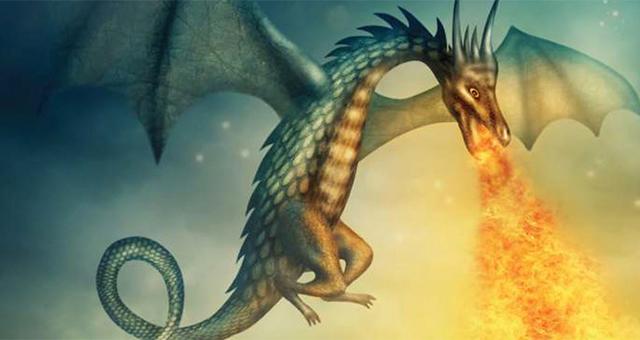
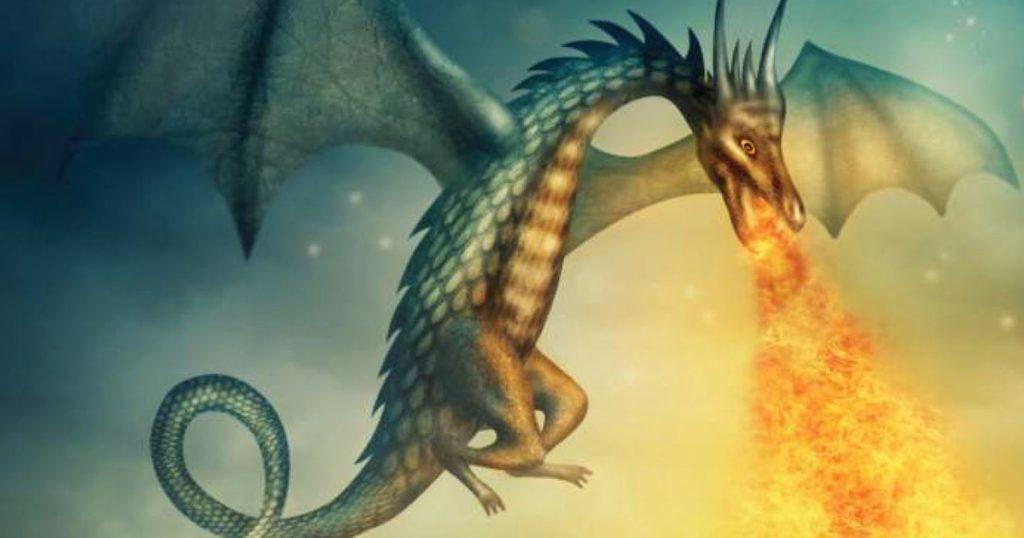
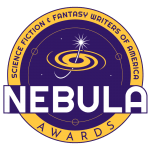





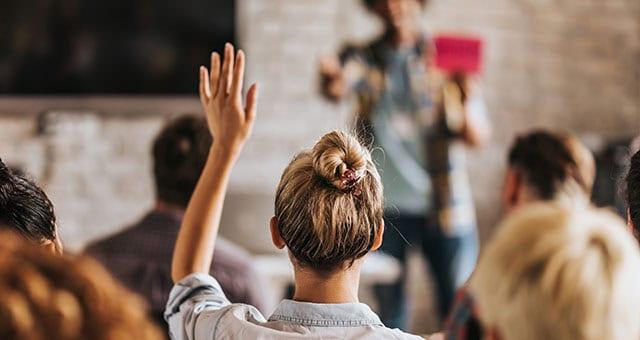







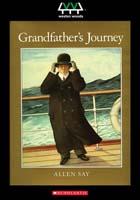





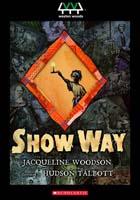














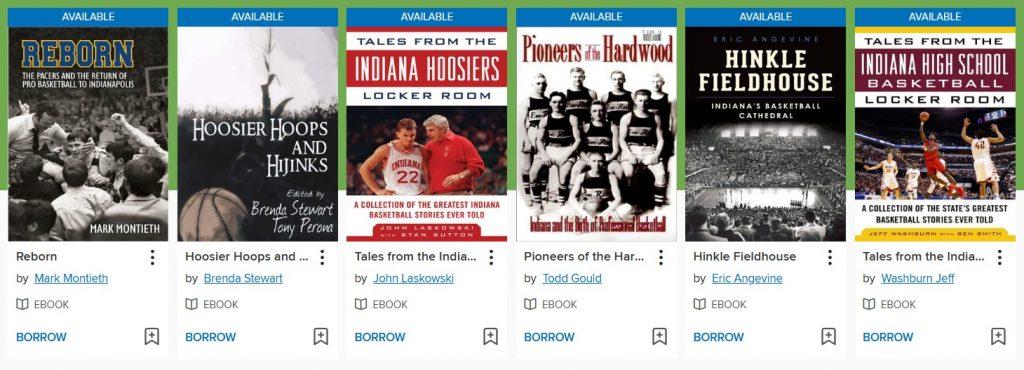
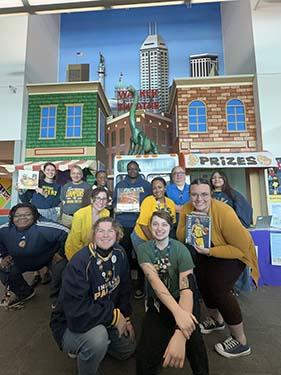



















![title - I [heart] Dad With the Very Hungry Caterpillar](https://secure.syndetics.com/index.aspx?isbn=9781524785895/lc.gif&client=indypl&type=unbound)









